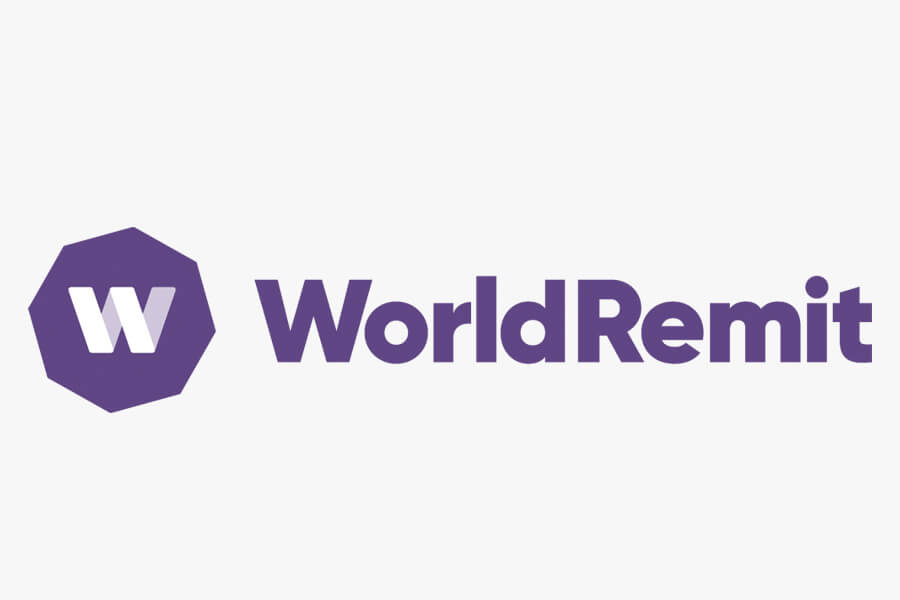General
Remittances to Nigeria, Sub-Saharan Africa to Drop 23.1% in 2020

By Adedapo Adesanya
The World Bank has said remittances to Nigeria and other Sub-Saharan African nations will decline sharply by about 23.1 percent this year, due to the economic crisis induced by the COVID-19 pandemic and shutdown.
The Bretton Wood Institution said in a press statement that, globally, a reduction of 20 percent has been projected and this is set to be the sharpest decline in recent history.
This is largely due to a fall in the wages and employment of migrant workers, who tend to be more vulnerable to loss of employment and wages during an economic crisis in a host country.
Remittances alleviate poverty in lower- and middle-income countries, improve nutritional outcomes, are associated with higher spending on education, and reduce child labour in disadvantaged households.
So, as a result of the fall in remittances affect families’ ability to spend on these areas as more of their finances will be directed to solve food shortages and immediate livelihoods needs.
Remittances to Sub-Saharan Africa registered a small decline of 0.5 percent to $48 billion in 2019. Due to the COVID-19 crisis, remittance flows to the region are expected to decline by 23.1 percent to $37 billion in 2020, while a recovery of 4 percent is expected in 2021.
The anticipated decline can be attributed to a combination of factors driven by the coronavirus outbreak in key destinations where African migrants reside including in the EU area, the United States, the Middle East, and China.
According to the World Bank Group President, Mr David Malpass, “Remittances are a vital source of income for developing countries. The ongoing economic recession caused by COVID-19 is taking a severe toll on the ability to send money home and makes it all the more vital that we shorten the time to recovery for advanced economies.”
“Remittances help families afford food, healthcare, and basic needs. As the World Bank Group implements fast, broad action to support countries, we are working to keep remittance channels open and safeguard the poorest communities’ access to these most basic needs,” he added.
According to the global lender, remittances to low and middle-income countries (LMICs) are projected to fall by 19.7 percent to $445 billion, representing a loss of a crucial financing lifeline for many vulnerable households.
With remittance flows expected to fall across all regions globally, Europe and Central Asia will equally experience the highest fall with 27.5 percent.
Sub-Saharan Africa will follow with 23.1 percent. Others include: South Asia (22.1 percent), the Middle East and North Africa (19.6 percent), Latin America and the Caribbean (19.3 percent), and East Asia and the Pacific (13 percent).
The large decline in remittances flows in 2020 comes after remittances to LMICs reached a record $554 billion in 2019.
Even with the decline, remittance flows are expected to become even more important as a source of external financing for LMICs as the fall in foreign direct investment is expected to be larger (more than 35 percent).
In 2019, remittance flows to LMICs became larger than FDI, an important milestone for monitoring resource flows to developing countries.
The World Bank then estimated that remittances to LMICs will recover next year and rise by 5.6 percent to $470 billion.
General
Dangote Unveils Phone Number to Report MRS Stations Selling PMS Above N739

By Modupe Gbadeyanka
A hotline number, 0800 123 5264, for Nigerians to report any MRS Oil Nigeria Plc filling stations selling Premium Motor Spirit (PMS), commonly known as petrol, above the approved pump price of N739 per litre, has been released by Dangote Petroleum Refinery.
The private refiner said the number was now active nationwide, enabling consumers to promptly report violations and help maintain fair pricing across over 2,000 MRS stations.
This measure follows the refinery’s recent commencement of nationwide PMS sales at N739 per litre—a strategic intervention aimed at stabilising fuel prices and easing the financial burden on Nigerians during the festive season.
“We encourage Nigerians to avoid purchasing PMS at inflated prices when locally refined fuel is available at N739 per litre.
“Report any MRS station selling above this price by calling our hotline. Together, we can ensure that the benefits of this price reduction reach every consumer,” the company stated in a statement.
The organisation stressed its mission to deliver affordable, high-quality fuel while safeguarding national economic interests, reaffirming its commitment to steady supply, backed by a guaranteed daily output of 50 million litres, and warned against attempts to create artificial scarcity or manipulate supply.
Regulatory authorities have been urged to remain vigilant and take decisive action against unpatriotic practices.
By refining locally at scale, Dangote Refinery is reducing Nigeria’s dependence on imports, conserving foreign exchange, stabilising the Naira, and strengthening energy security. This initiative represents a significant milestone in the country’s journey toward sustainable energy solutions and economic recovery.
The refinery also issued a stern warning against attempts by unscrupulous operators to create artificial scarcity in response to the price reduction, calling on government agencies to act decisively.
“Any attempt to create artificial scarcity or manipulate supply to frustrate recent price reductions is unpatriotic and unacceptable. We urge regulatory authorities to remain vigilant and take firm action against such practices, especially during this critical festive period,” the statement added.
Consumers were advised to resist purchasing fuel at inflated prices when cheaper, high-quality alternatives are readily available.
General
ANLCA Airport Chapter Scores Salamatu High on Stakeholder Engagement, Trade Facilitation

By Bon Peters
The Airport Chapter of the Association of Nigerian Licensed Customs Agents (ANLCA) at Omagwa Rivers State has praised the Customs Area Controller for Customs Area 1 Command, Comptroller Salamatu Atuluku.
At the end-of-the-year party attended by stakeholders, including the leader of the association’s chapter, Mr Charles Onyema, said the customs officer has done well in stakeholder engagement and trade facilitation.
At the event held last Friday, he said his association has been enjoying a very cordial relationship with other organisation in the ecosystem.
“You can see what is happening today, everybody is working together and our operations here are seamless,” he noted.
He stated that apart from creating a very robust business environment for his members and other stakeholders to operate, he has taken a decision to build and commission a befitting ANLCA Secretariat which would be completed soon and be commissioned by the ANLCA national president, Mr Emenike Nwokeoji.
The ANLCA chapter chief said since “Comptroller Salamatu Atuluku assumed office at Customs Area 1, Port Harcourt Command, it has been a different ball game, facilitating trade and increasing Revenue generation.”
“I remember I told her she was a mother during her maiden visit to the airport.
“You know when you have a woman in charge of an affair, food will not lack, compassion will not lack and motherly love will not lack.
“She is very wonderful in stakeholder engagement, revenue generation and trade facilitation,” Mr Onyema enthused.
Projecting into the future, Mr. Onyema said the year 2026 would be better for his members, adding that he has advised them on financial discipline which he said would help them during the trying period.
General
FG Declares Holidays for Christmas, New Year Celebrations

By Adedapo Adesanya
The federal government has declared Thursday, December 25, and Friday, December 26, 2025, as public holidays to mark Christmas and Boxing Day respectively.
The government also declared Thursday, January 1, 2026, for the New Year celebration.
The declaration was contained in a statement issued on Monday by the Permanent Secretary of the Ministry of Interior, Mrs Magdalene Ajani, on behalf of the Minister of Interior, Mr Olubunmi Tunji-Ojo.
According to the statement, the Minister urged Nigerians to reflect on the values of love, peace, humility and sacrifice associated with the birth of Jesus Christ.
Mr Tunji-Ojo also called on citizens, irrespective of faith or ethnicity, to use the festive season to pray for peace, improved security and national progress.
He further advised Nigerians to remain law-abiding and security-conscious during the celebrations, while wishing them a Merry Christmas and a prosperous New Year.
Business Post reports that on these public holidays – the foreign exchange market, the Nigerian Exchange (NGX), as well as the NASD Over-the-Counter (OTC) Securities Exchange will not open to trade.
-

 Feature/OPED6 years ago
Feature/OPED6 years agoDavos was Different this year
-
Travel/Tourism9 years ago
Lagos Seals Western Lodge Hotel In Ikorodu
-

 Showbiz3 years ago
Showbiz3 years agoEstranged Lover Releases Videos of Empress Njamah Bathing
-

 Banking7 years ago
Banking7 years agoSort Codes of GTBank Branches in Nigeria
-

 Economy3 years ago
Economy3 years agoSubsidy Removal: CNG at N130 Per Litre Cheaper Than Petrol—IPMAN
-

 Banking3 years ago
Banking3 years agoFirst Bank Announces Planned Downtime
-

 Banking3 years ago
Banking3 years agoSort Codes of UBA Branches in Nigeria
-

 Sports3 years ago
Sports3 years agoHighest Paid Nigerian Footballer – How Much Do Nigerian Footballers Earn

















